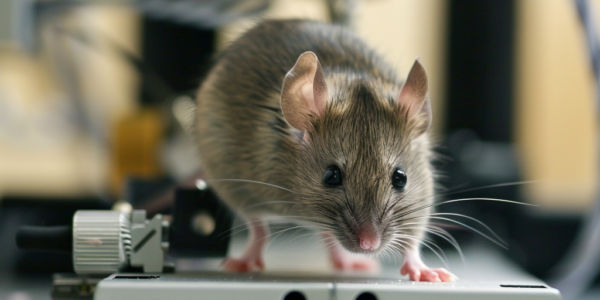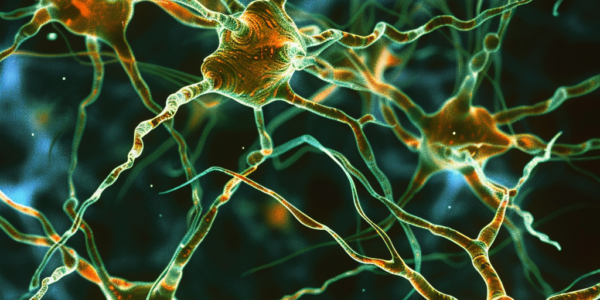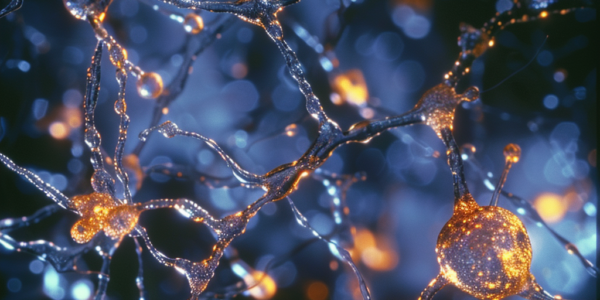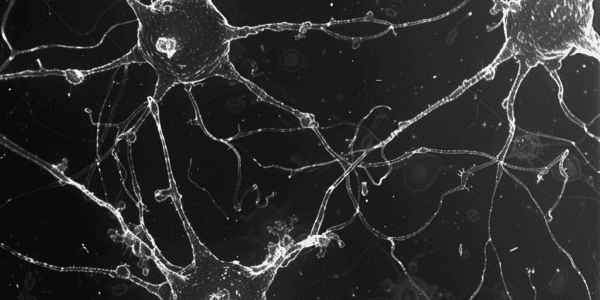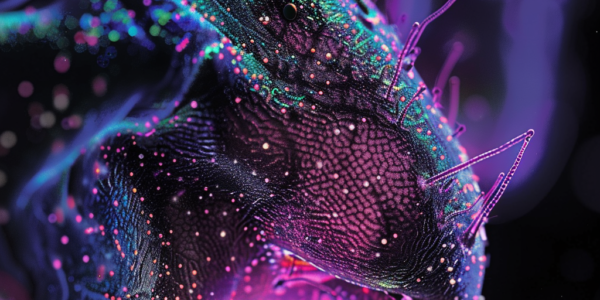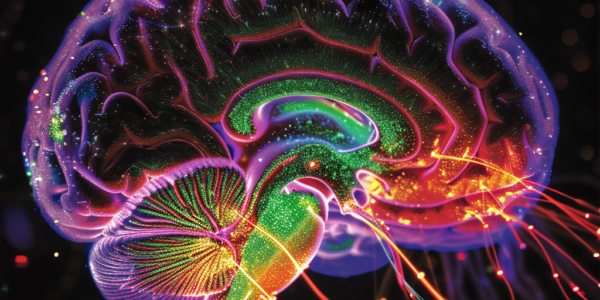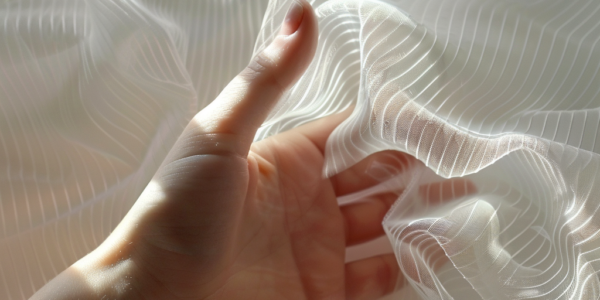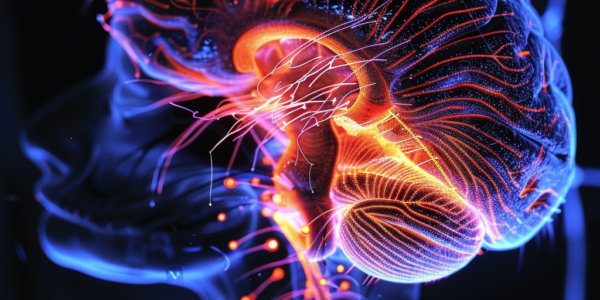Study Reveals Brain’s Thalamus Role in Hunger-Driven Motivation
Researchers have made a significant breakthrough in understanding the brain’s thalamus and its role in hunger-driven motivation. A recent study conducted with mice has shed light on the involvement of two distinct neuronal populations within the paraventricular nucleus (PVT) in regulating actions aimed at achieving a goal, such as foraging for food. The study revealed that dopamine D2 receptor-positive (PVTD2(+)) neurons play a pivotal role in amplifying motivation and pursuit behaviors, while their counterparts, PVTD2(–) neurons, are linked to action termination. This discovery challenges previous assumptions about the uniformity of the PVT and underscores its critical function in translating hunger into motivated action. The findings hold promise for the development of new treatments for motivation-related psychiatric conditions.
Middle-Age Obesity Linked to Changes in Brain Neurons, Japanese Study Finds
Recent research from Japan has uncovered a fascinating link between middle-age obesity and changes in brain neuron shape, with potential implications for humans. The study focused on the impact of a protein called melanocortin-4 (MC4R) on obesity in rats, revealing that MC4R accumulates in primary cilia, affecting metabolism and fat-burning ability. The findings offer valuable insights into the complex relationship between neuronal shape and obesity, potentially paving the way for innovative approaches to weight management and metabolic health.
New Study Suggests Fat Droplets in Brain Cells May Be Key to Fighting Alzheimer’s
Recent study suggests that fat droplets within brain cells could be a key factor in Alzheimer’s disease development. Targeting these droplets may lead to more effective treatments, opening up a new avenue for therapeutic development. This sheds new light on the potential role of fat deposits in brain cells in causing Alzheimer’s, offering a fresh perspective for future research and treatment development.
Link Between Schizophrenia and Aging Uncovered in New Study
Recent research published in Nature suggests a potential link between schizophrenia and aging, revealing coordinated changes in gene expression activity in neurons and astrocytes as a key factor. The study’s findings offer valuable insights into the potential biological underpinnings of cognitive decline in schizophrenia and aging, providing hope for future targeted interventions and therapies.
Study Identifies Neuronal Circuit for Vocalization and Respiratory Coordination in Mice
Discover the key neuronal circuit responsible for coordinating vocalization and respiration in mice. Learn how vocalization-specific laryngeal premotor neurons in the retroambiguus nucleus (RamVOC) drive vocal cord closure and coordinate expiration effort and sound production. Gain valuable insights into the neural mechanisms underlying vocal-respiratory coordination and the prioritization of breathing during vocalization.
Key Protein Identified in Development of Alzheimer’s Disease
Scientists have discovered a key protein, Mdm2, in the development of Alzheimer’s disease that, when blocked, could potentially slow or halt the condition’s progress. This discovery was made through tests on mice, where deactivating Mdm2 stopped the destruction of dendritic spines and synapses, crucial for brain cell communication. Understanding the role of Mdm2 in Alzheimer’s progression could be crucial in developing treatments for the disease.
The Complexity of the Sense of Touch: Insights from Recent Study
Our bodies are equipped with an intricate sensory system that allows us to perceive the world around us. The sense of touch encompasses a combination of different sensations working in unison, as a recent study published in Science sheds light on the molecule responsible for detecting gentle touch. Understanding the mechanisms behind gentle touch sensation not only provides insights into our sensory abilities but also holds potential implications for various fields, including neurobiology and medical research.
Scientists Create Organized Stem Cell Culture Model Resembling Human Embryonic Brain and Spinal Cord
University of Michigan, Weizmann Institute of Science, and University of Pennsylvania engineers and biologists have created a groundbreaking stem cell culture model resembling the embryonic brain and spinal cord. This model has the potential to revolutionize the study of neurological and neuropsychiatric diseases.
New Study Reveals Link Between Sense of Touch and Perception of Time
A recent study published in Nature Communications has revealed a fascinating link between the somatosensory cortex, responsible for processing sensory information from the skin, and our perception of the duration of tactile experiences. Led by Professor Mathew Diamond of the International School for Advanced Studies (SISSA) in Italy, the research sheds new light on the relationship between the sense of touch and our perception of time, providing new insights into the complex relationship between touch and temporal experiences.
Groundbreaking Discoveries in Non-Invasive Neural Interfacing: Unraveling the Effects of Muscle Fatigue on Neural Activity
Groundbreaking study reveals the impact of muscle fatigue on neural activity, offering new insights into non-invasive neural interfacing technologies. Findings could revolutionize prosthetics, rehabilitation, and communication for those with neuromuscular disorders. Scientists also develop a flexible sensor for EMG processing, eliminating the need for an external battery.

